Archive
2021
KubaParis
Jamais vu
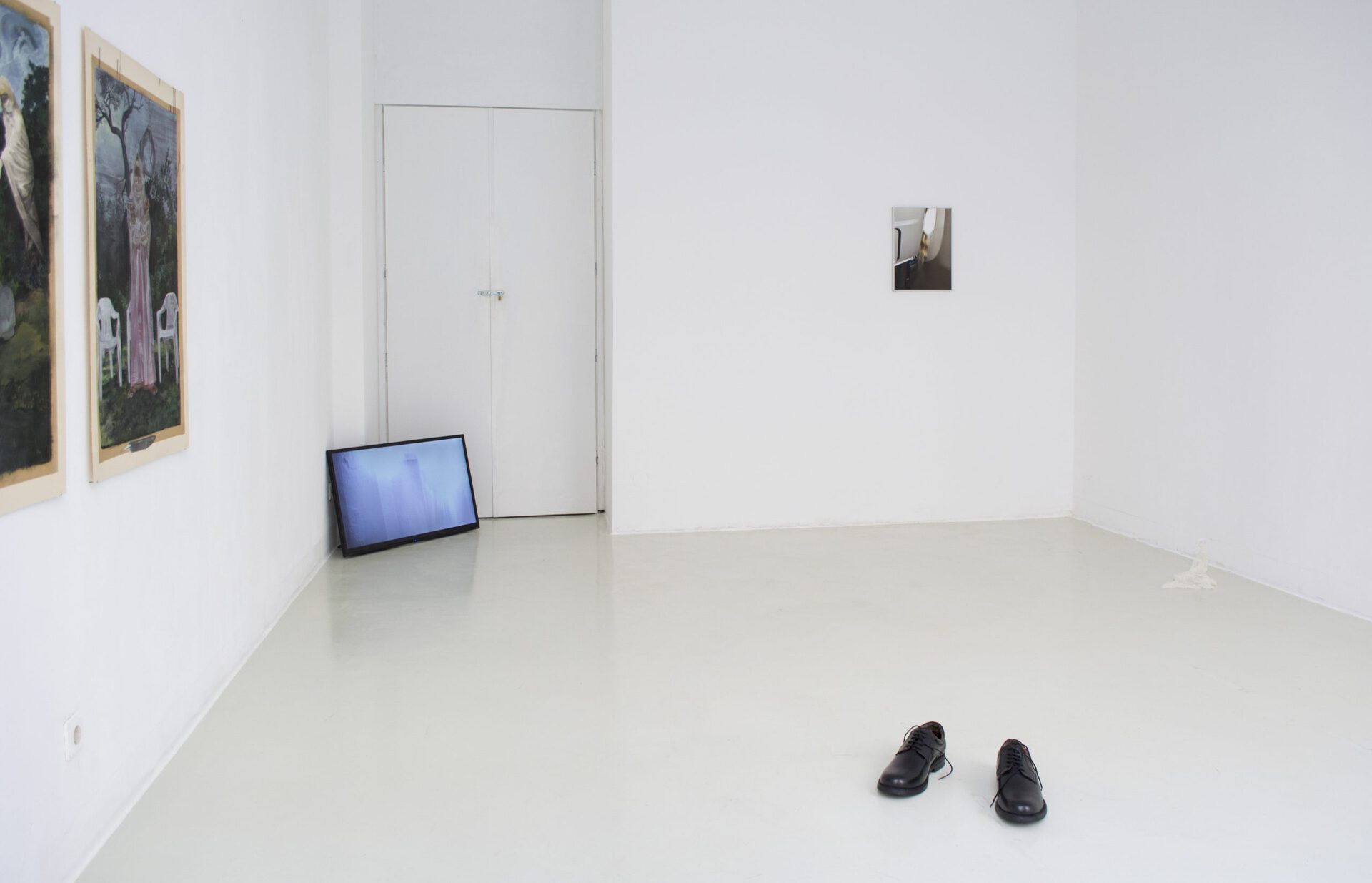
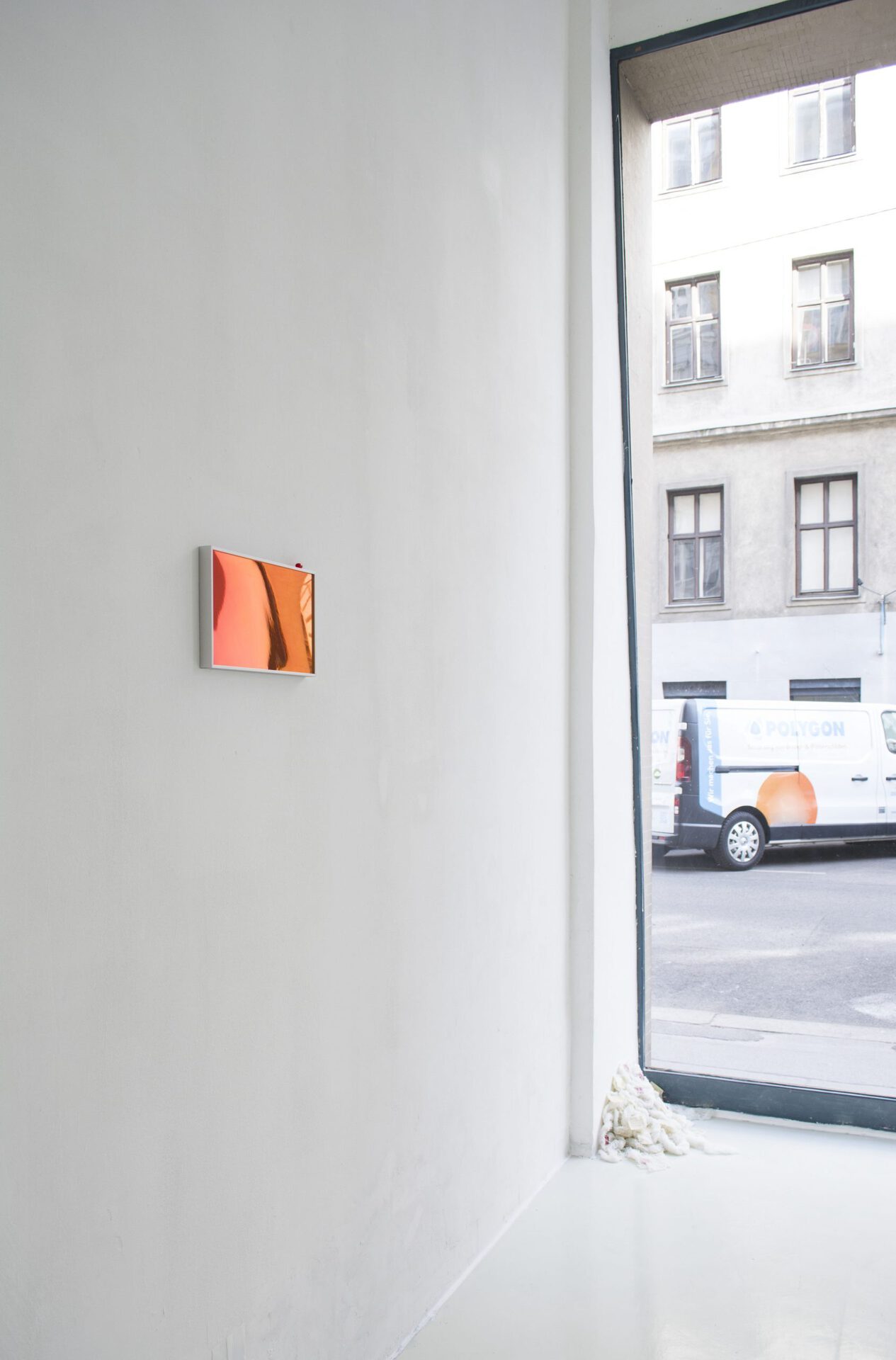
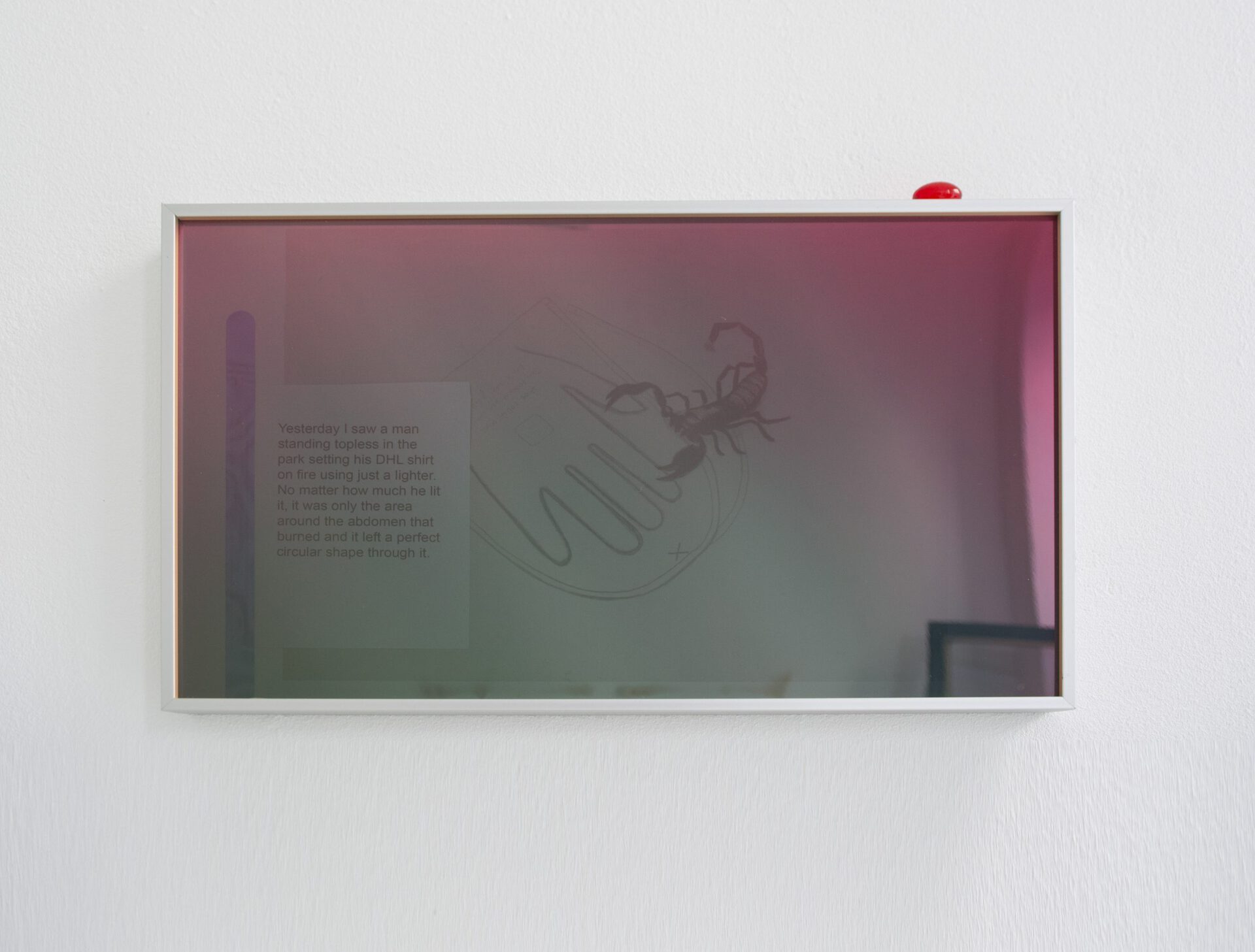
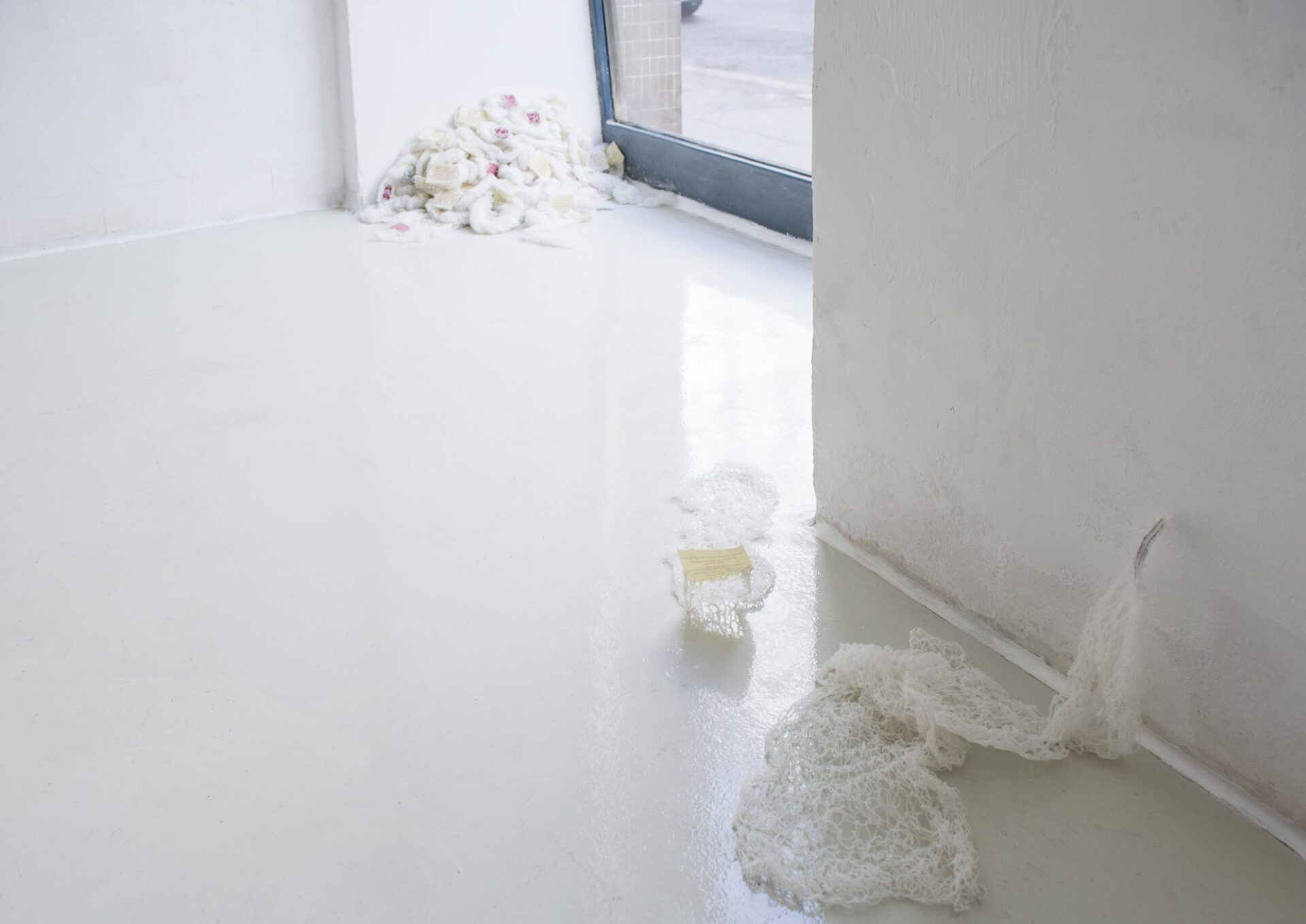
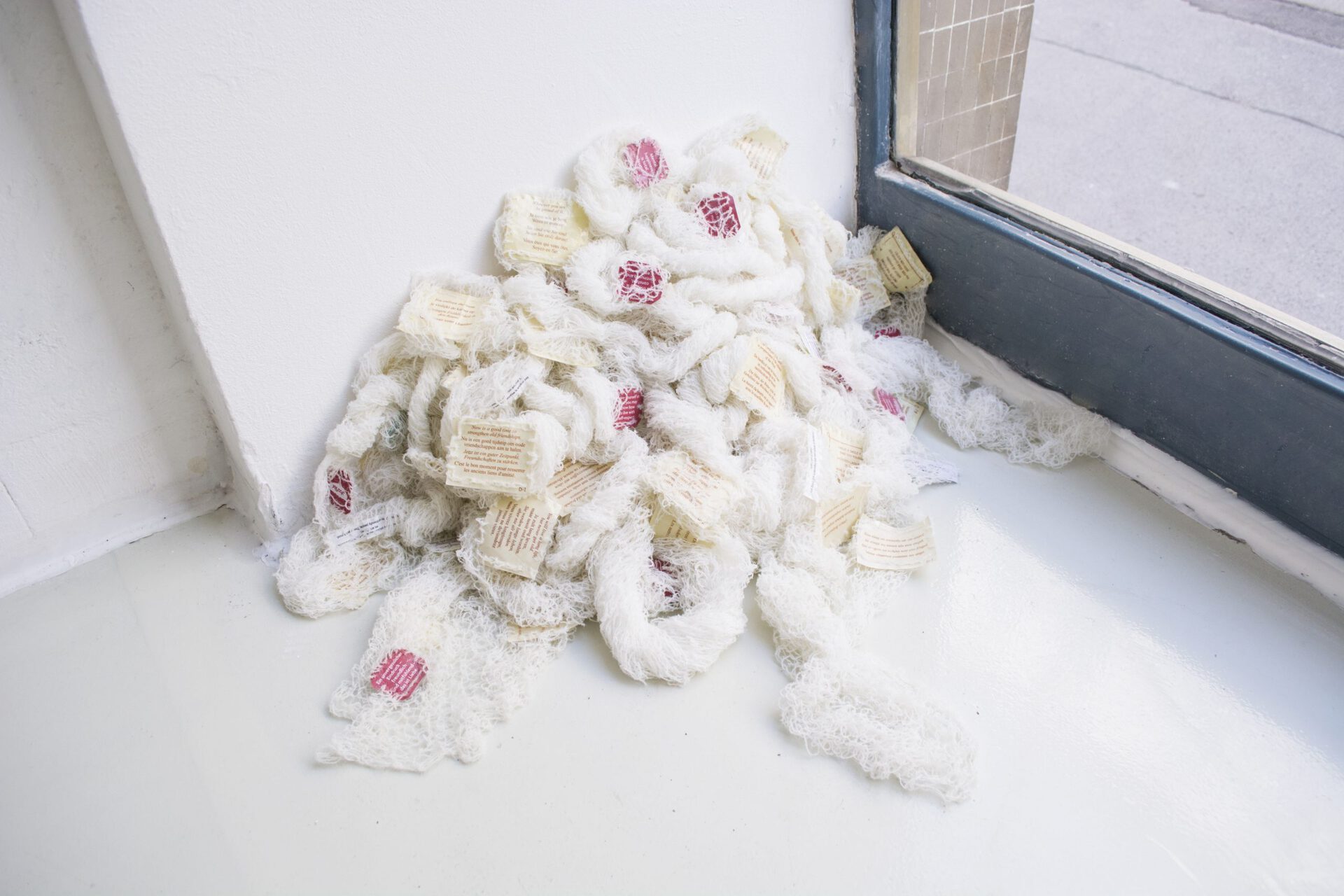
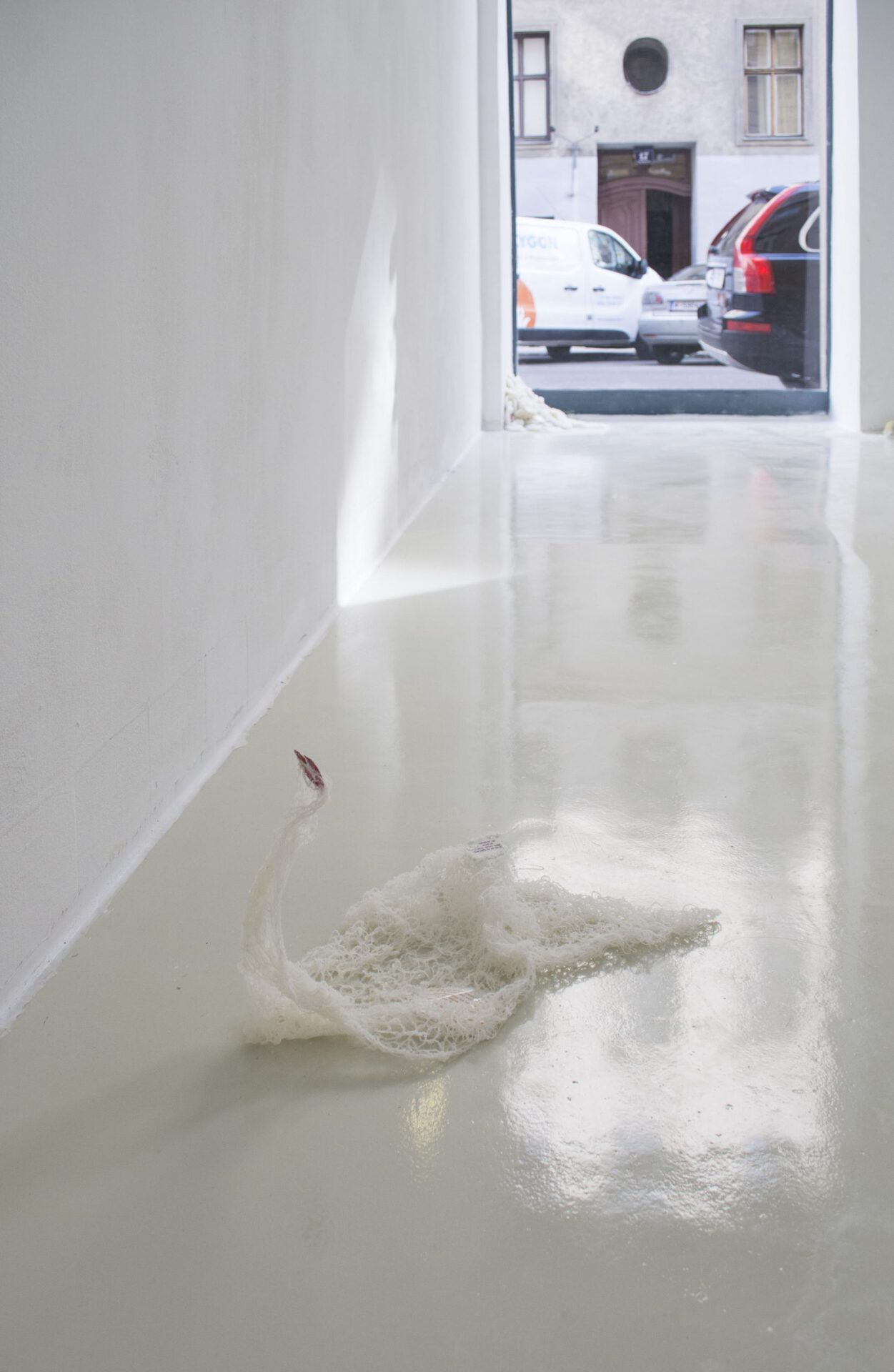
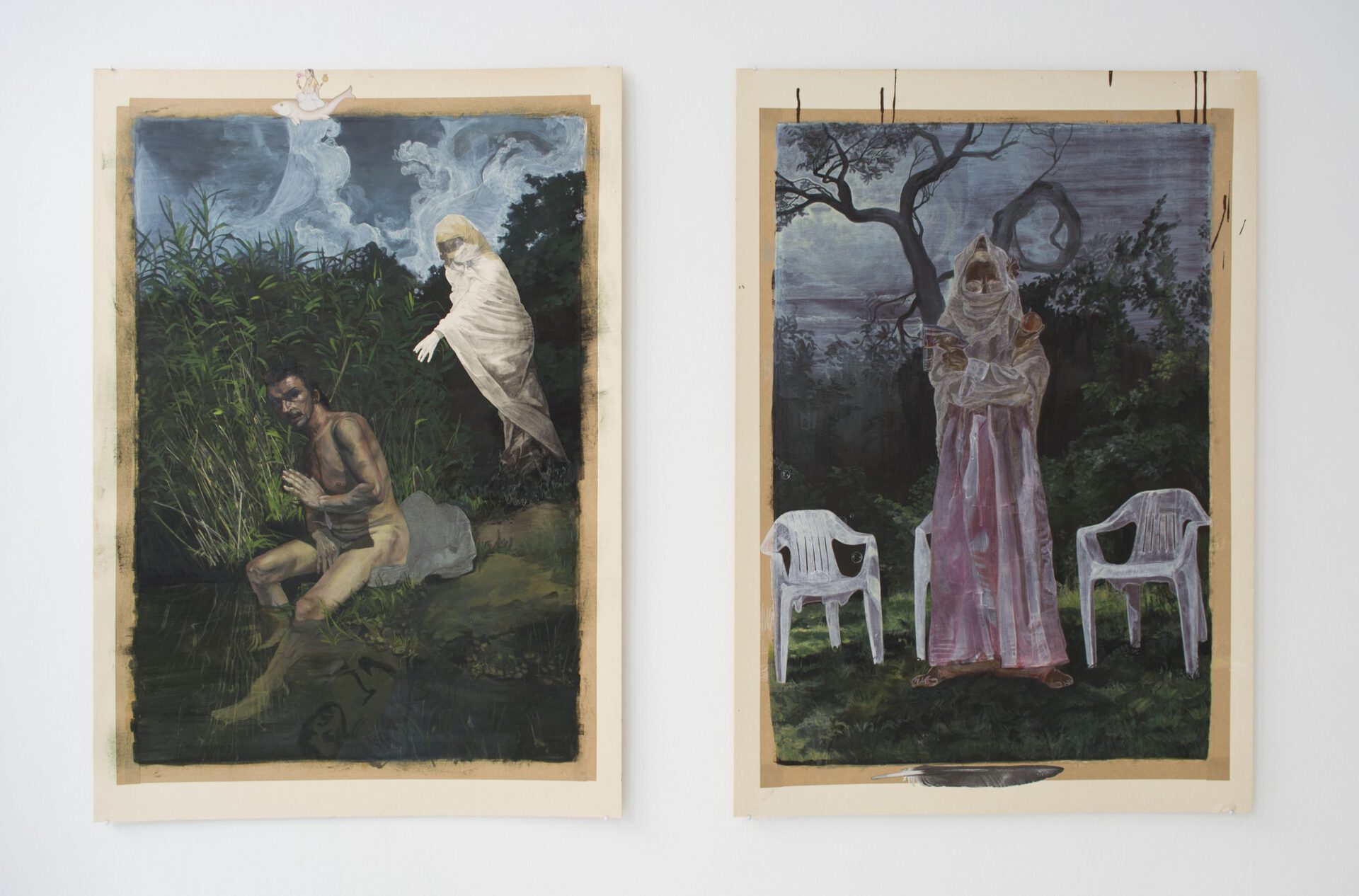
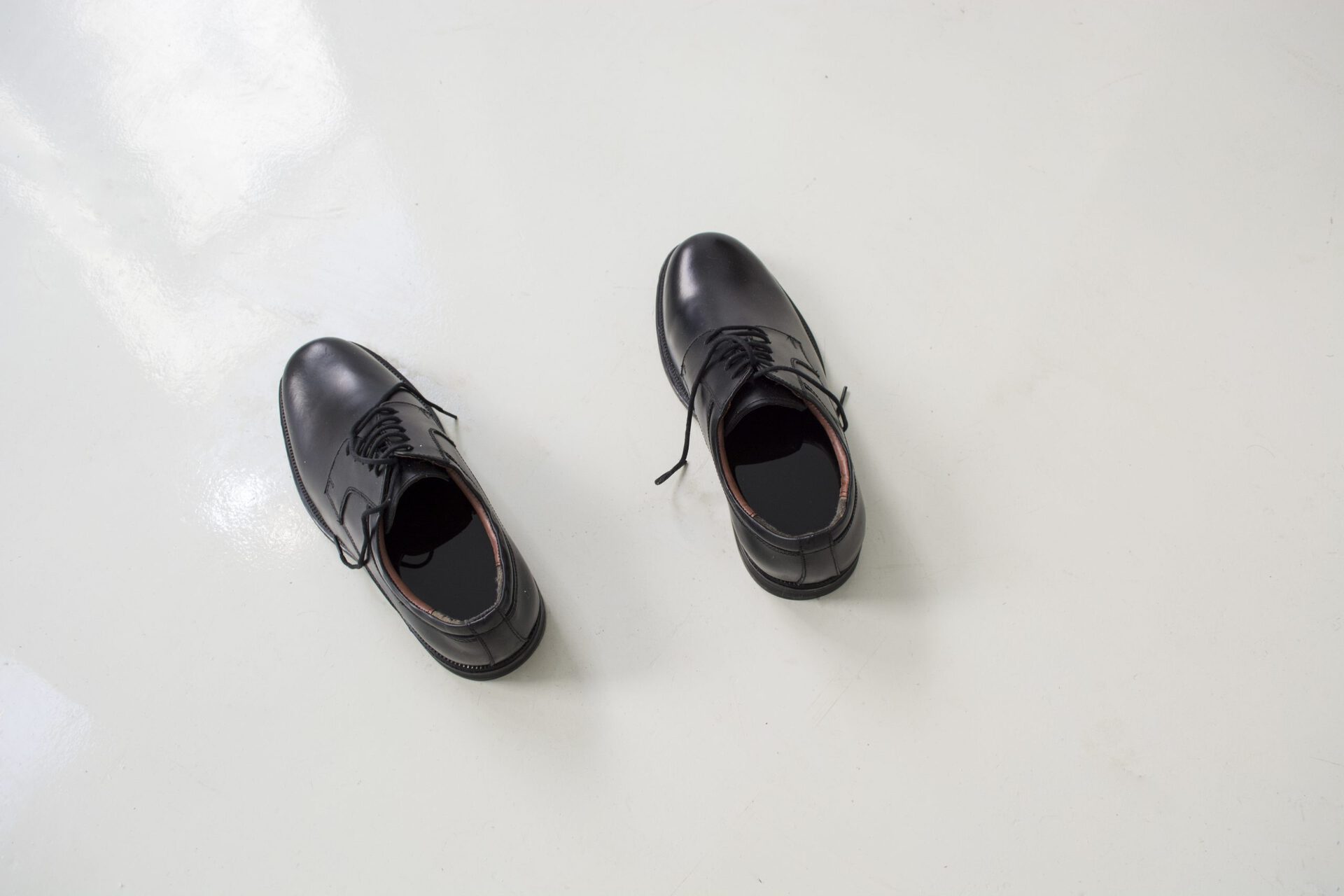
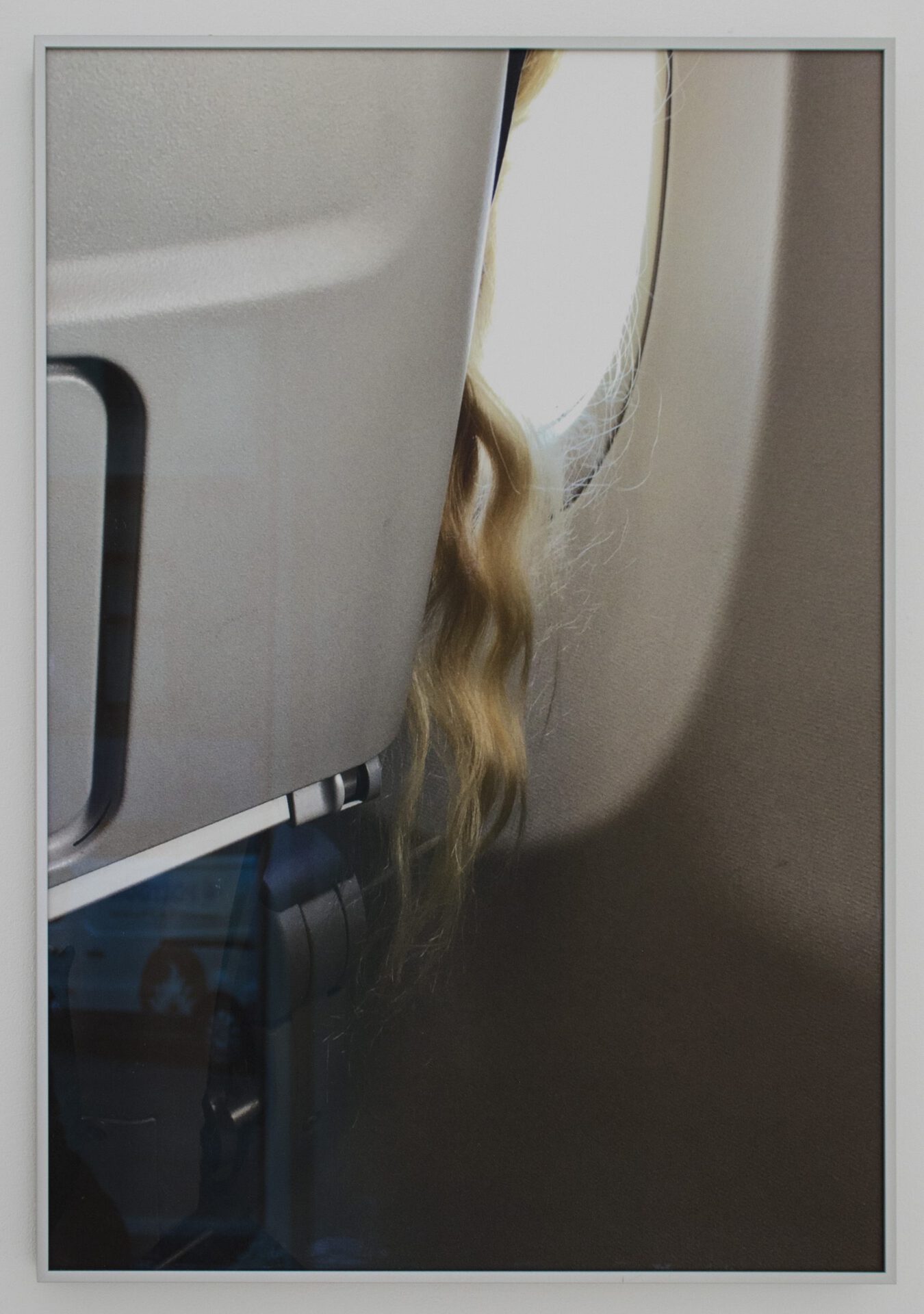
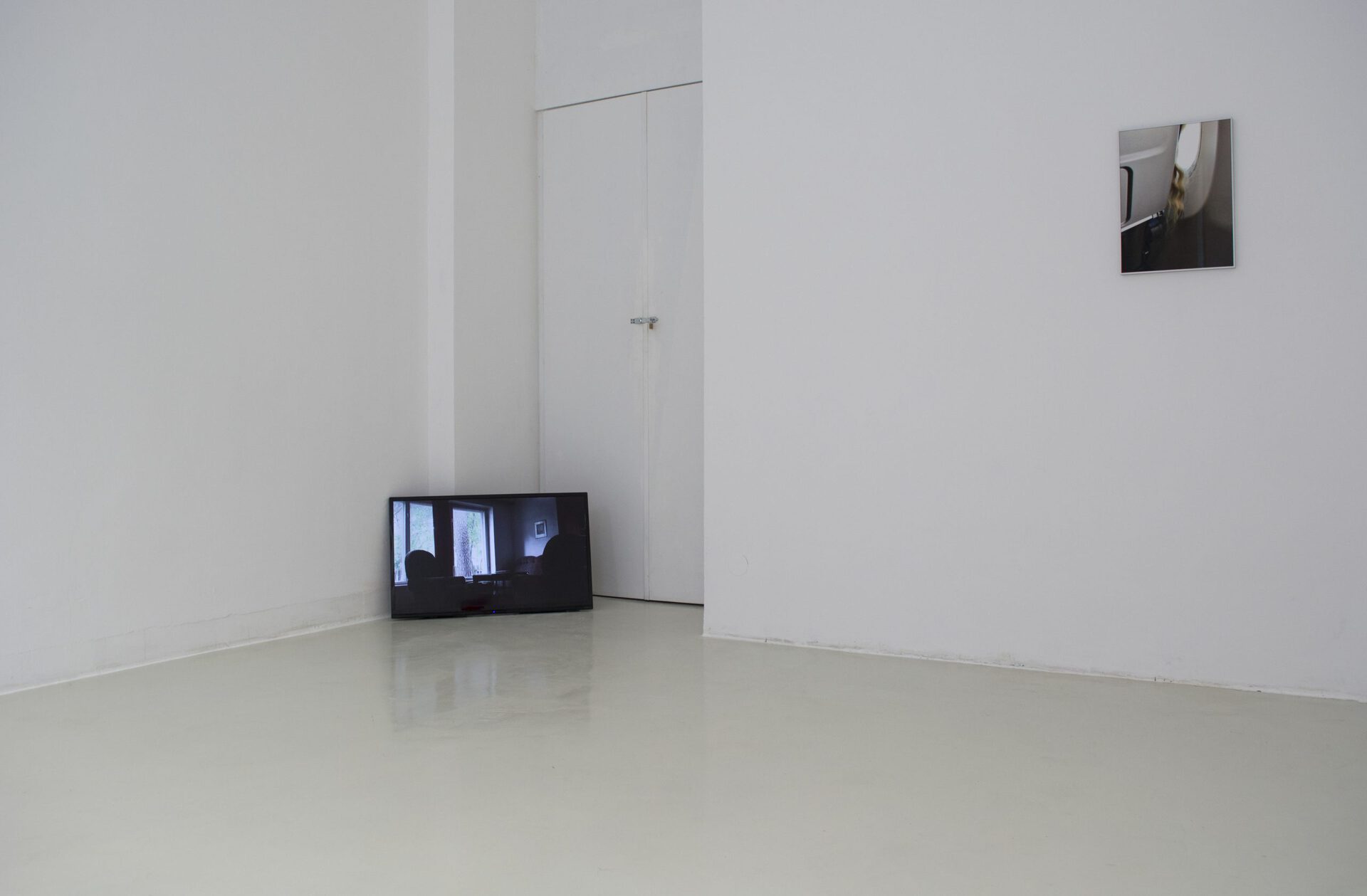
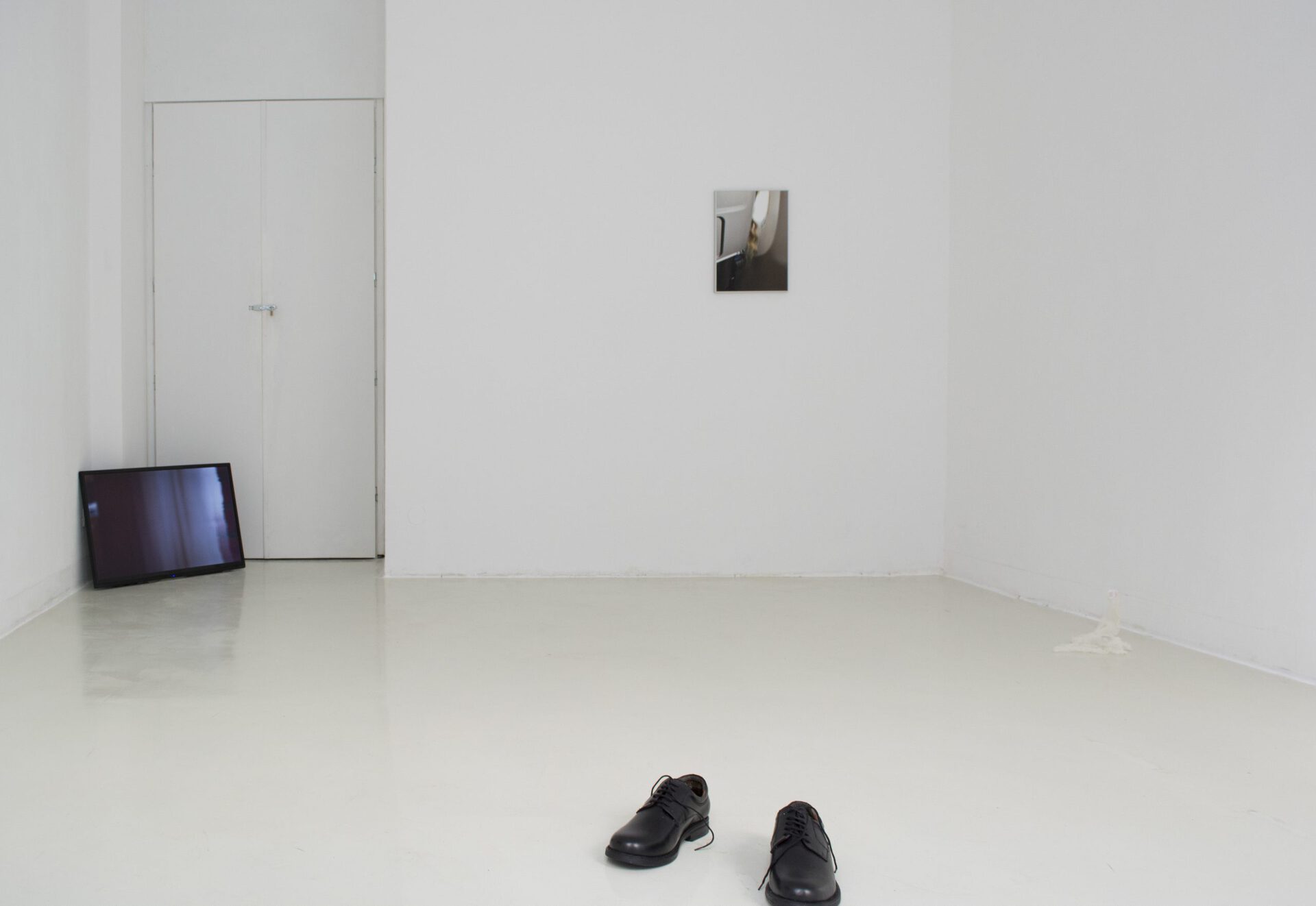
Location
LLLLLLDate
27.04 –29.05.2021Curator
Liudmila KirsanovaPhotography
Darja ShatalovaSubheadline
The first show of Jamais vu project includes artworks by Lea Maria Gold, Pille-Riin Jaik, and Elisabeth Molin that reflect on ideas of concealing and estrangement. Appearing as fragments of a dream (of a nightmare?), they polarise the negative space and expose the presence of absence. The storytelling is unfolding within the manifested voids and engaging the spectators dreaming along. Shimmering, chameleon-like imageries first beckon, then frighten and produce so the ambivalent and porous space with gravitation points scattered among haunted lacunas.Text
Jamais vu, literally means ‘never seen’, is the opposite of déjà vu and implies perceiving something familiar, something you should be accustomed to, as obscure, eerie, and uncanny. Originally a psychological term, since the pandemic has started, it’s shifted to social and political fields and might be used to describe an extraordinary collective sensation of glitch, for we do not recognise ourselves and the outside world.
Merleau-Ponty’s concept of fold describes a similar process, but on the ontological level – a perceiving body and a perceived thing found themselves in a continuous perception cycle, within which they interweave and constantly exchange positions – perceived becomes perceiving, and vice versa. The constant tension between two points of view creates a fold.
In this way, jamais vu moments make us experience the very perceptual tissue or flesh, as Merleau-Ponty called it, where the self and the Other always swap, but share one edge, like in a Möbius strip. And the pandemic flipped the underlying to the front making us meet the downside of our reality, but we faced it as nightmare, as if it were not ours.
The exhibitions Jamais vu I and Jamais vu II explore the poetics of jamais vu sensation, with the first chapter representing the perceived thing, the Other, and the second chapter – the perceiving body, the self. Both parts are meant to be experienced in a dialogue, in a looped play of outward-inward. All artworks appear ‘not what they seem’, shimmering, oscillating between familiar and unfamiliar, manifested and concealed, lucid and opaque—create thus a sensitive space of fluid visuals and shifting meanings.
Liudmila Kirsanova